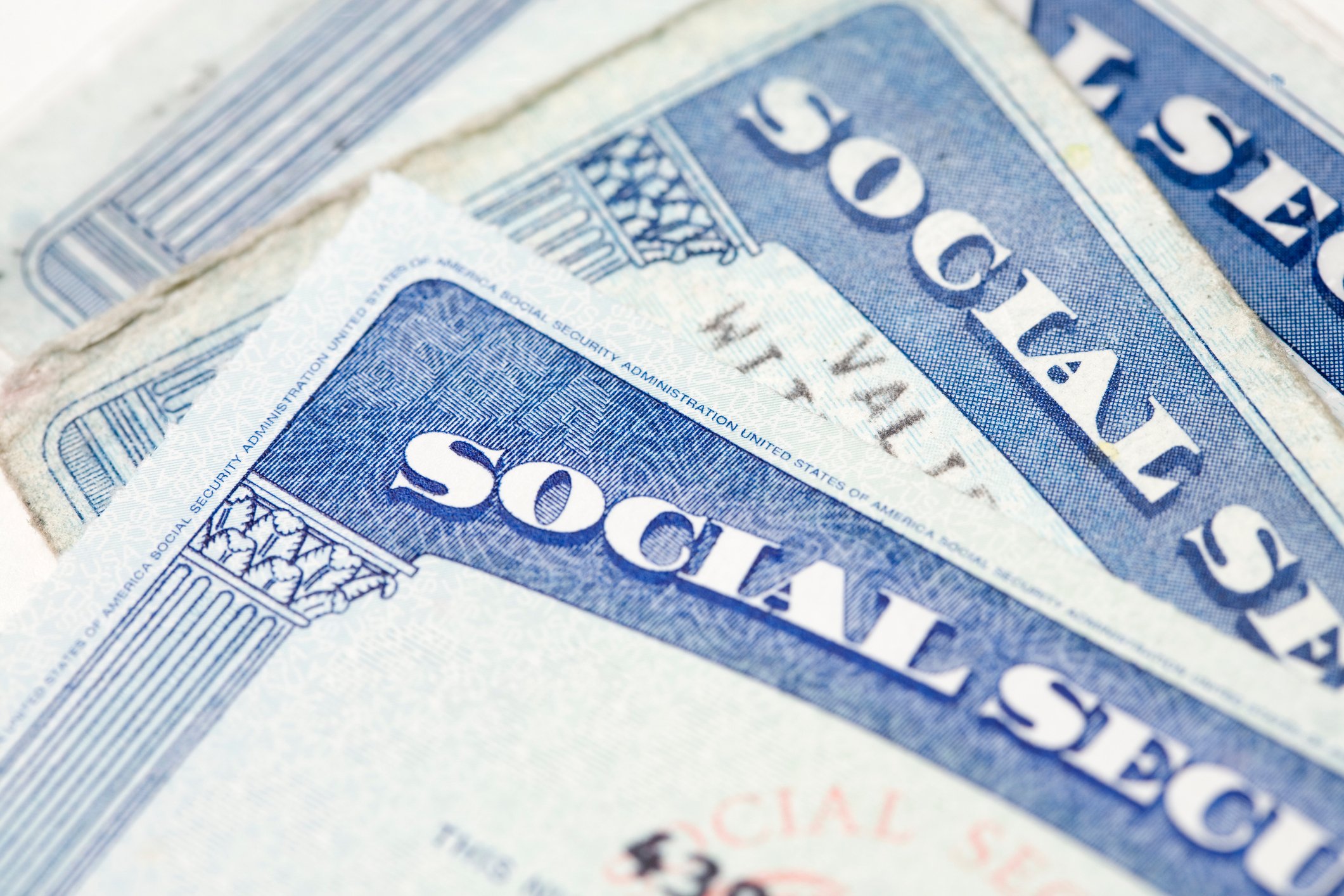Sadly, a lot of people go into retirement with minimal savings. But if you're gearing up to retire this year, you've hopefully managed to amass a decent nest egg at this point.
But saving up a pile of money for retirement is only half the battle. It's just as important to manage your savings well so that money doesn't run out on you.

Image source: Getty Images.
To that end, you'll often hear financial experts suggest using the 4% rule. It has you withdrawing 4% of your savings balance during your first year of retirement, and then adjusting future withdrawals based on inflation. Doing this should, in theory, allow your nest egg to last for 30 years, which covers the typical senior throughout retirement.
You might assume that the 4% rule is the best guideline to follow once you're ready to start tapping your nest egg. But it may not be a smart move at all.
When your portfolio strays from an established formula
The 4% rule is based on a common retirement investment mix -- a 50/50 split between stocks and bonds. This asset mix is appropriate for many retirees, and it offers certain benefits. The stock portion of your portfolio can potentially generate large gains, while the bond portion can provide stability and predictable income.
The problem, though, is that if your portfolio doesn't have this allocation, the 4% rule may not work for you. And if you're someone who's very risk-averse, it may be that you have a much smaller percentage of your assets in stocks. If that's the case, your portfolio may not generate enough gains to support a withdrawal rate as high as 4%.
Even with that 50/50 split, the bond portion of your portfolio may not generate the income you expect it to. And even if you start out with more generous bond yields, things could change over time. So you may not want to get too locked into the 4% rule in case it ends up being poorly matched to your investments.
When you're not retiring at a traditional age
You may be gearing up to retire at some point this year. But that doesn't mean you've reached a traditional retirement age.
If you have a lot of savings, you may feel confident retiring at age 55. But in that case, you might need your nest egg to last 40 years instead of 30. And if so, 4% could be a far too aggressive withdrawal rate.
Also, it may be that you're retiring this year at the age of 70, or 72, or 75. You may not need your savings to last 30 years in that case (though it never hurts to be hopeful). So withdrawing a bit more than 4% could be less risky for you than someone who retires in their mid-60s.
That's why it's best to think outside of the 4% rule when deciding how you'll manage your savings. It's definitely an important thing to have a strategy for tapping your nest egg. But you should know that you don't have to follow the 4% rule if you don't think it's the best road to take based on your asset mix or retirement age.





